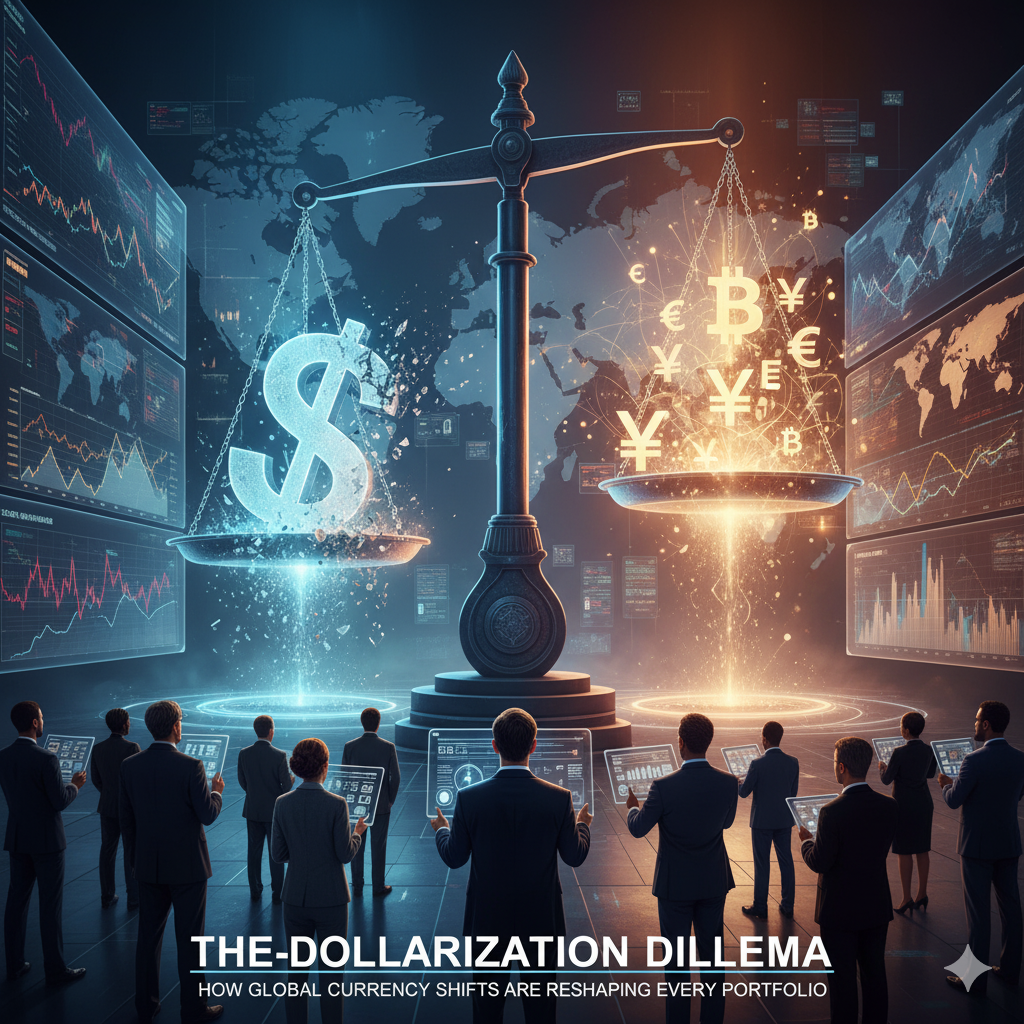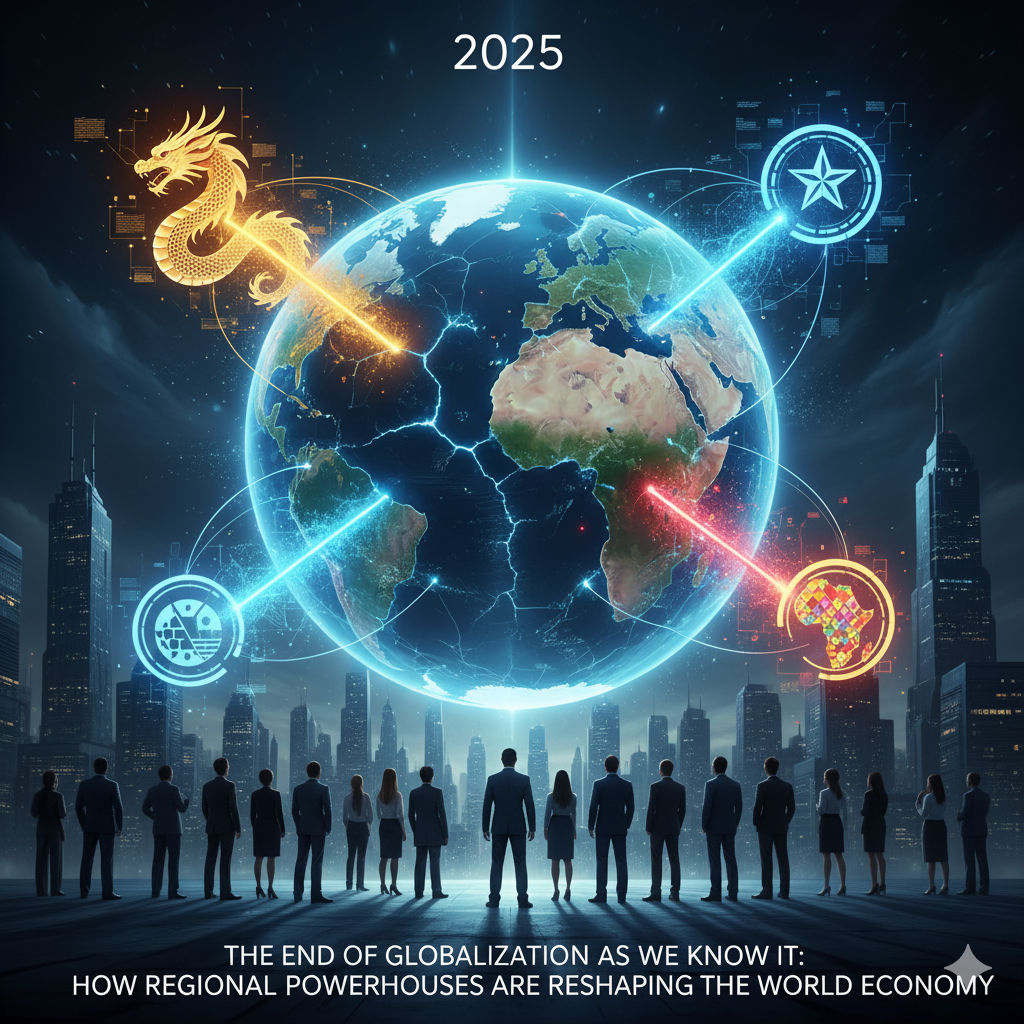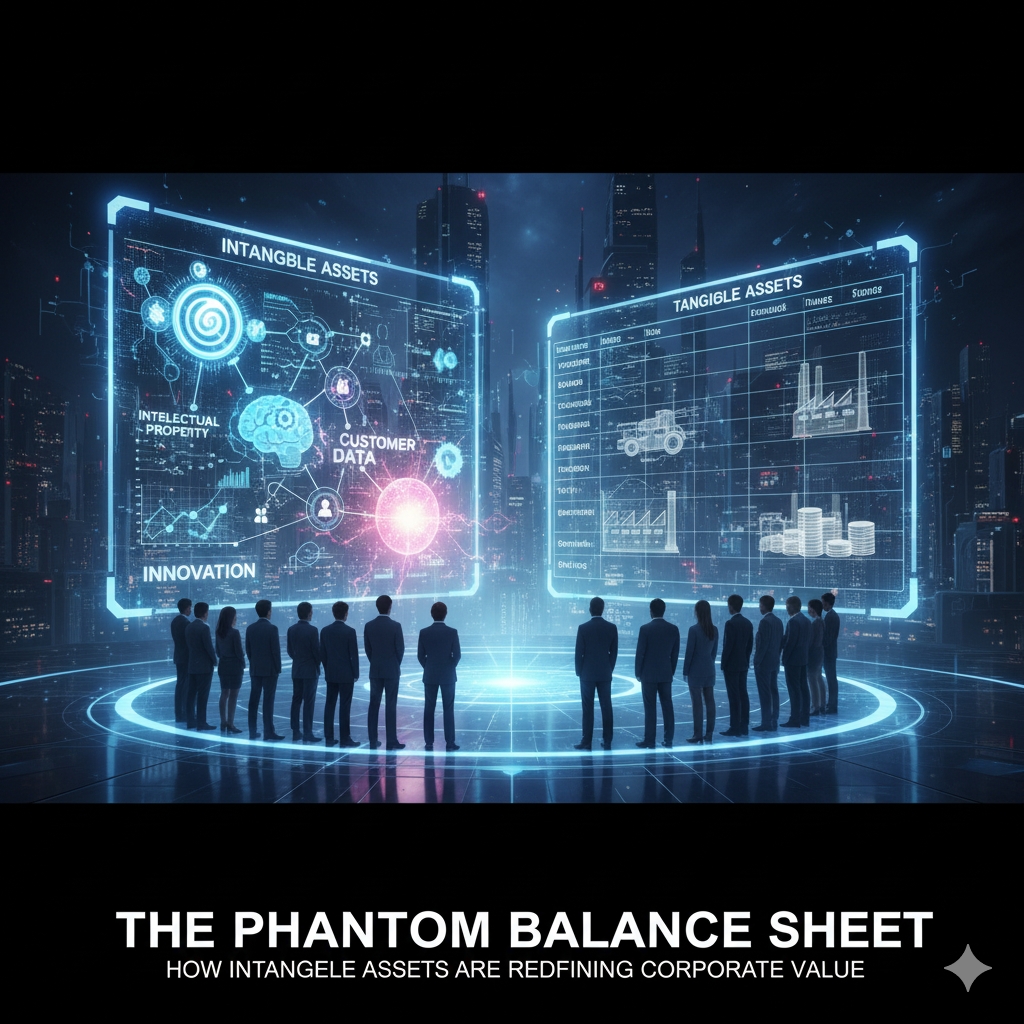Since the Bretton Woods Agreement in 1944, the U.S. dollar has reigned supreme as the world’s undisputed reserve currency. This “exorbitant privilege” has allowed America to borrow cheaply, sanction unilaterally, and export inflation. But a profound shift is underway. A coalition of geopolitical rivals, resource-rich nations, and emerging economies is mounting the most serious challenge to dollar dominance in generations. This movement, broadly termed “de-dollarization,” is not a coordinated plot but a slow-burning financial insurgency with the power to reshape global capital flows, commodity markets, and the very foundation of your investment portfolio. For market participants, ignoring this tectonic shift is no longer an option.
The Three Catalysts of a Financial Rebellion
The drive away from the dollar is being fueled by a powerful convergence of geopolitical, economic, and technological forces.
The Weaponization of Finance: The use of the dollar-based financial system as a tool of foreign policy—most notably through sanctions against Russia—has been a wake-up call for the world. When the U.S. and EU froze approximately $300 billion of Russian central bank assets, it demonstrated that dollar holdings are not neutral. For countries like China, Saudi Arabia, and India, this was a “Sputnik moment,” proving the urgent need to build alternative financial infrastructure to insulate themselves from future geopolitical friction.
The Erosion of Fiscal Confidence: America’s soaring national debt, now exceeding $34 trillion, and the political brinkmanship over the debt ceiling have raised long-term questions about the dollar’s stability. While no immediate alternative exists, the persistent trajectory of U.S. fiscal policy is leading some central banks to quietly diversify their reserves away from an asset they perceive as being slowly debased.
The Rise of Digital Alternatives: The emergence of Central Bank Digital Currencies (CBDCs) and the infrastructure for cross-border digital payment systems (like China’s Cross-Border Interbank Payment System, CIPS) provides the technological rails for non-dollar trade. These systems offer the potential for faster, cheaper, and more transparent settlements that bypass the traditional SWIFT network, which is heavily influenced by U.S. policy.
The Frontlines of De-Dollarization: From Gold to Gas
The movement is not yet about replacing the dollar with a single other currency. Instead, it is a multi-front effort to create a more multipolar monetary world.
The BRICS+ Gold Play: The expanded BRICS bloc (now including Egypt, Ethiopia, Iran, Saudi Arabia, and the UAE) is aggressively promoting the use of member currencies for trade. While a common BRICS currency remains a distant prospect, the group’s members are leading a global surge in gold purchases. Central banks, led by China, Poland, and Singapore, are buying gold at a historic pace, seeking a neutral, non-sovereign asset to back their reserves. The price of gold’s steady climb is, in part, a direct barometer of de-dollarization anxiety.
The Commodity Counter-Revolution: The most immediate impact is in commodity markets. For decades, oil traded exclusively in U.S. dollars—the “petrodollar” system. This is now fracturing. China is increasingly paying for Russian oil and gas in Yuan. Saudi Arabia has formally agreed to accept Yuan in some oil transactions with China. India is paying for Russian oil in UAE Dirhams and Rupees. While the dollar still dominates, these bilateral agreements are creating cracks in the foundation, reducing global demand for dollars.
The Treasury Exodus (A Slow Trickle): Contrary to alarmist headlines, there is not a mass, panicked sell-off of U.S. Treasuries. However, there is a strategic, long-term shift. China’s holdings of U.S. debt have fallen to a 14-year low. Other nations are allowing their Treasury holdings to mature without reinvesting the full proceeds, slowly reducing their exposure. This is a “boiling the frog” approach that, over time, could put upward pressure on U.S. borrowing costs.
The Market Impact: A World Repriced
A genuine, sustained move away from dollar dominance would have seismic implications for every asset class. Investors must prepare for a world where the “dollar smile” is replaced by a “dollar frown.”
U.S. Stocks and Bonds Under Pressure: The dollar’s reserve status creates artificial demand for U.S. assets. If that demand wanes, the “exorbitant privilege” of lower yields and higher equity valuations could reverse. This would mean:
Higher Long-Term Interest Rates: As foreign buyers of U.S. debt diminish, the U.S. government would have to offer higher yields to attract capital, increasing borrowing costs for the government, corporations, and homeowners.
Compressed Equity Valuations: Higher discount rates (driven by higher bond yields) would pressure the present value of future earnings, particularly for the long-duration, growth-oriented tech stocks that have led the market.
The Rise of Non-U.S. Markets: A multipolar currency world would be a boon for international and emerging markets (EM). As trade and capital flows diversify, companies in Europe, Asia, and Latin America would benefit from deeper local capital markets and reduced currency risk. EM assets, long suppressed by the dollar’s strength, could enter a new era of performance as local currencies stabilize and domestic investment grows.
Commodities as a Strategic Hedge: Commodities are real assets whose value is intrinsic. In a period of currency uncertainty, they become a crucial store of value. Gold is the prime beneficiary, but other commodities like copper (for the green energy transition) and oil also stand to benefit. They become a hedge not just against inflation, but against the entire de-dollarization trend.
Currency Volatility as an Asset Class: The era of a single, dominant currency provided a relatively stable anchor. Its decline will usher in an era of heightened volatility between major currencies (USD, EUR, CNY). This will create both risk and opportunity, making active currency hedging and targeted forex investments a more critical component of portfolio management.
The Investor’s Strategic Pivot: Building a Multi-Currency Portfolio
The prudent investor can no longer operate with a home-country bias. The new mandate is to build a resilient, globally-aware portfolio.
Significant International Diversification: This goes beyond a token 10% allocation to an international ETF. A strategic shift toward high-quality European and Japanese equities, which are often cheaper and offer value, is warranted. A dedicated allocation to emerging market stocks and bonds (through local currency-denominated ETFs) provides direct exposure to the economies leading this shift.
A Core Allocation to Gold and Commodities: Gold is no longer a “barbarous relic” but a strategic asset in a de-dollarizing world. A 5-10% portfolio allocation to physical gold ETFs (like GLD) or gold miner stocks acts as a direct hedge. Broad-based commodity ETFs can provide further insulation.
Consider “Anywhere But Here” Trades: Certain sectors are direct beneficiaries of a weaker dollar and shifting supply chains. This includes:
Commodity Producers: Companies in Canada, Australia, and Latin America that export resources.
European & Asian Luxury Goods: Companies like LVMH and Richemont benefit from a weaker euro/franc and stronger demand from emerging market consumers.
Infrastructure and Industrial Companies in regions like Southeast Asia and India that will build the new trade routes and manufacturing hubs of a multipolar world.
Scrutinize U.S. Multinationals: Companies that derive a large portion of their revenue overseas (like many in the S&P 500) have benefited from a strong dollar. A structural decline in the dollar would flip this script, hurting their translated earnings. A portfolio rebalance toward more domestically-focused U.S. companies may be prudent.
Case Study: The Yuan’s Cautious Ascent
China’s Renminbi (Yuan) is the most frequently cited potential challenger to the dollar. However, its rise is constrained by China’s own capital controls and lack of transparency. While it is being used for a growing share of China’s commodity imports, its role as a true global reserve currency remains limited. The lesson for investors is that de-dollarization is a messy, multi-decade process, not a clean switch. The Yuan will likely gain share, but it is not poised for a sudden takeover. The more likely outcome is a “basket” approach by central banks, including the Yuan, Euro, Gold, and others.
Strategic Outlook: A Bumpy Transition, Not a Cliff
The U.S. dollar will not lose its reserve status overnight. Its deep, liquid capital markets and the lack of a credible, single alternative ensure its centrality for years to come. However, the trend is clear: the dollar’s share of global reserves will continue to gradually decline from its peak of over 70% to a lower, but still significant, level.
This transition will be characterized by periods of heightened volatility, especially in currency and bond markets. It will create winners and losers across global sectors. The investors who will thrive are those who recognize that the “free lunch” of dollar dominance is over. They are the ones building portfolios that are agnostic to, and even positioned to benefit from, a world where American financial hegemony is no longer a given.
Conclusion: The End of American Financial Exceptionalism
The de-dollarization trend is more than a financial story; it is a story of a rebalancing global order. For the U.S. investor, it signals the end of a long era of financial exceptionalism, where domestic assets consistently outperformed simply by virtue of being denominated in the world’s premier currency.
The new era demands a global citizen’s perspective. It requires an understanding that the best opportunities may lie beyond U.S. borders, that the U.S. government will face higher borrowing costs, and that real assets like gold will play a renewed role in preserving wealth. De-dollarization is not a prophecy of America’s decline, but a reality of the world’s rebalancing. For the savvy investor, it is the defining macro trend of the coming decade—a dilemma that, if navigated wisely, can be transformed into a profound opportunity.












